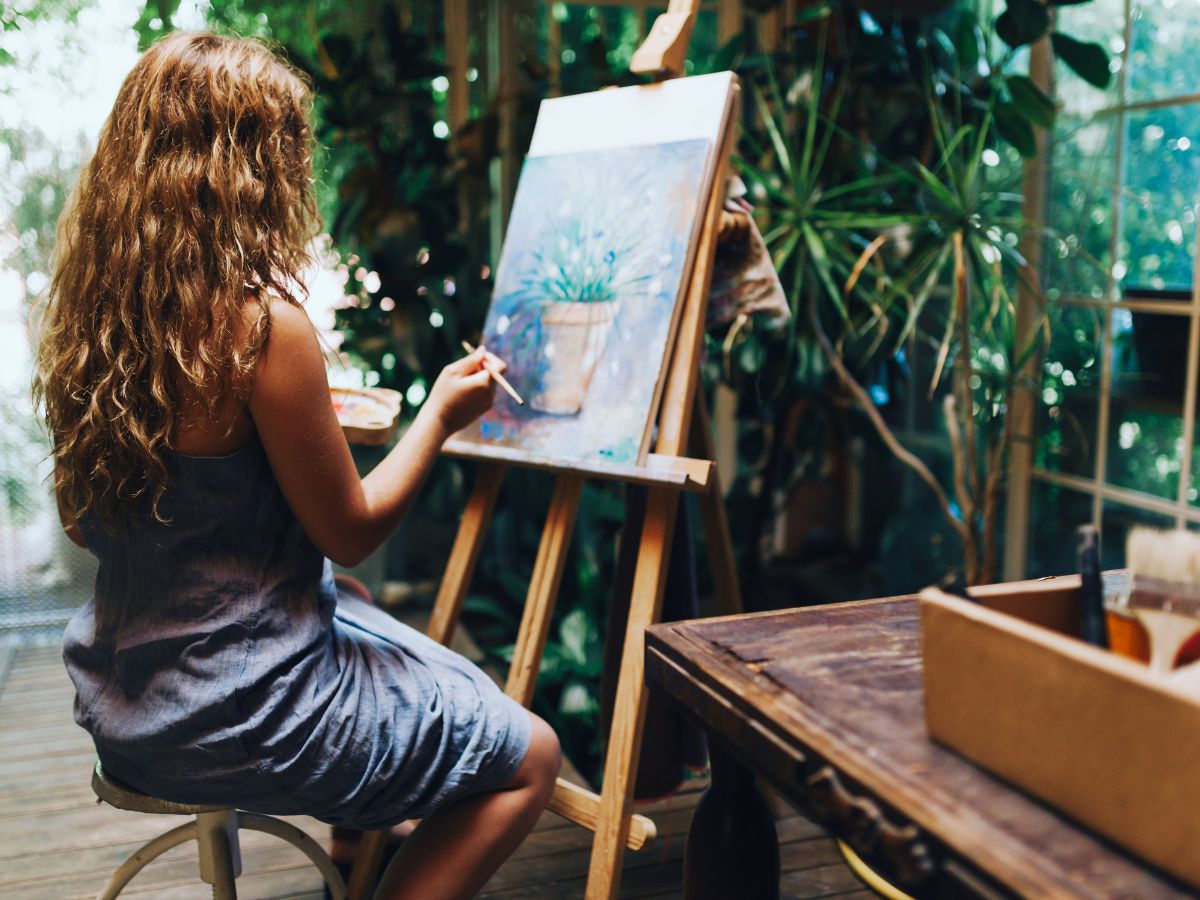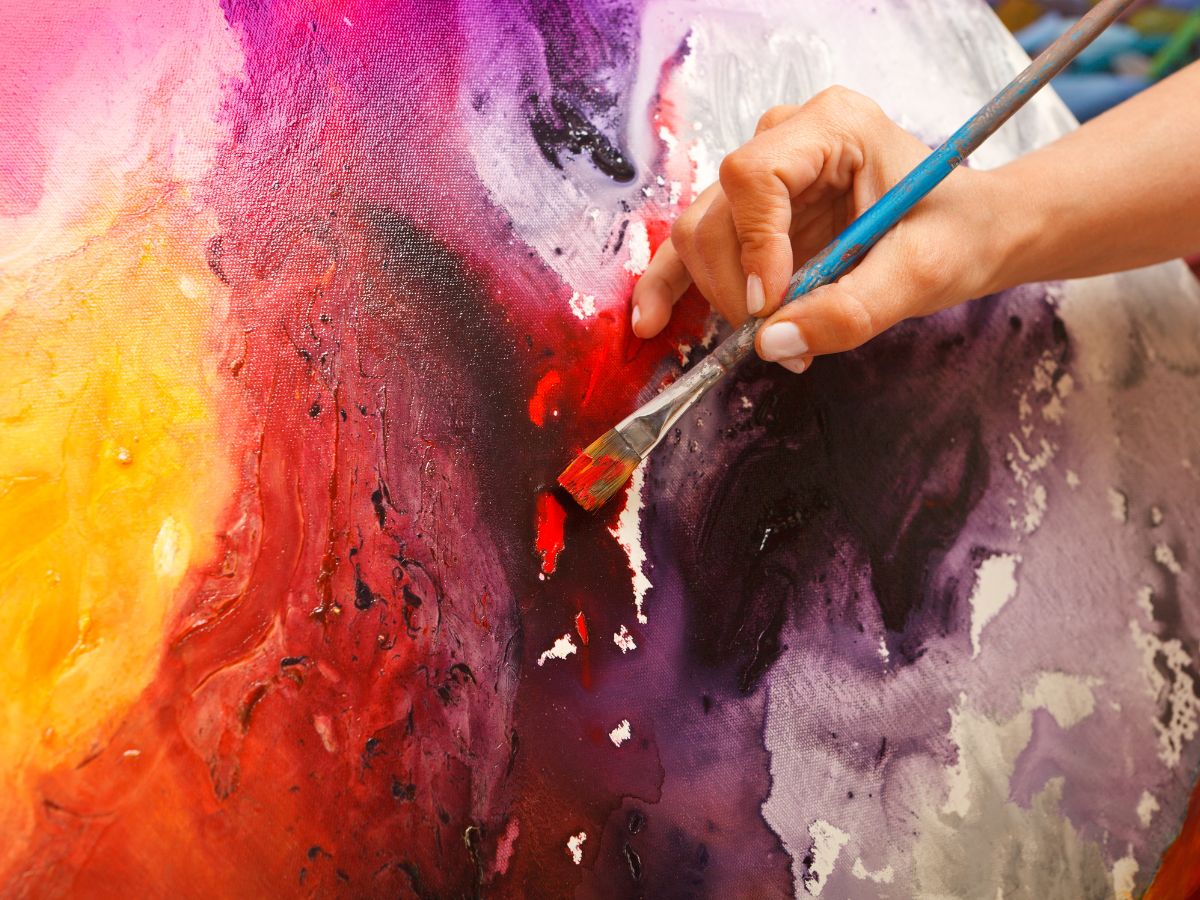
Advanced Canvas Painting Techniques: Elevate Your Artistry
As a seasoned artist, you already possess a strong foundation in canvas painting. But, mastering advanced techniques can take your artwork to new heights, allowing you to create pieces that are more complex, dynamic, and visually stunning. This article discusses several advanced techniques that can help refine your skills and add depth to your paintings.
1. Layering and Glazing
Layering and glazing are fundamental techniques that can significantly enhance the depth and richness of your paintings. Layering involves applying multiple layers of paint, allowing each layer to dry before adding the next. This technique can create a sense of depth and complexity in your work.
Glazing, on the other hand, involves applying a thin, transparent layer of paint over a dry layer. This can alter the color and add luminosity. To achieve this, mix a small amount of paint with a glazing medium and apply it smoothly over the dry paint. Both techniques require patience and practice but can lead to stunning results.
2. Texturing Techniques
Texture adds a tactile and visual dimension to your paintings. Experiment with various tools and materials to create different textures. Palette knives, sponges, and even household items like combs and fabric can be used to manipulate the paint and create unique effects.
Impasto is another effective texturing technique where thick paint is applied to the canvas, creating visible brushstrokes and peaks. This can give your painting a three-dimensional quality. Additionally, consider incorporating mixed media elements such as sand, fabric, or paper to add more texture and interest to your work.
3. Advanced Color Theory and Mixing
Understanding advanced color theory and mastering color mixing can dramatically improve the vibrancy and harmony of your paintings. Study the color wheel in depth and learn about color relationships, such as complementary, analogous, and triadic schemes.
Experiment with mixing colors to create a rich palette. For example, instead of using black to darken a color, try mixing in its complementary color. This can result in more dynamic and interesting hues. Practice creating custom color charts to understand how different pigments interact.
4. Composition and Design
Advanced composition techniques can enhance the visual impact of your paintings. Principles such as dynamic symmetry, the golden ratio, and leading lines can guide the viewer’s eye and create a balanced composition.
Use these principles to arrange elements within your painting thoughtfully. For example, the golden ratio can help you place focal points in areas that naturally attract attention. Leading lines can direct the viewer’s gaze through the painting, creating a sense of movement and flow.
5. Light and Shadow
Capturing light and shadow effectively can add realism and drama to your artwork. Study the way light interacts with different surfaces and practice rendering shadows accurately. Techniques such as chiaroscuro, which uses strong contrasts between light and dark, can create a dramatic effect.
Pay attention to the direction of light and the way it affects color and texture. Use a range of values to create depth and volume, and consider using multiple light sources for a more complex composition.
6. Detailing and Precision
Adding fine details and achieving precision can elevate the quality of your work. Use a variety of brushes and tools designed for detail work, such as fine-tipped brushes, rigger brushes, and precision knives.
Take your time to build up details gradually, and use a steady hand. Working with a magnifying glass or using an easel that allows for close-up work can help you achieve greater precision.
Practical Tips
Maintaining your tools and workspace is crucial for advanced painting. Ensure your brushes are clean and in good condition, and invest in high-quality materials. Set up a professional workspace with good lighting and adequate ventilation.
When working on large projects, plan your composition and color scheme in advance. Use a sketch or underpainting to map out your design, and take regular breaks to step back and evaluate your progress.
Mastering advanced techniques in canvas painting requires practice, patience, and a willingness to experiment. Keep pushing the boundaries of your creativity and enjoy the process of refining your skills.
